The future isn’t just coming—it’s already being built. Across every sector, from healthcare and finance to education, manufacturing, and entertainment, technology is the driving force behind the next wave of transformation. As innovation accelerates, it’s no longer enough to simply “keep up.” Leaders, entrepreneurs, educators, and consumers alike must anticipate what’s next. That’s where understanding the emerging technology trends of the future becomes essential.
In this article, we explore 60+ future tech trends, drawn from expert predictions, industry movements, and global research. These aren’t just buzzwords—they’re insights into how our world is evolving, how business will be conducted, how we’ll interact with machines, and how society will redefine intelligence, privacy, creativity, and sustainability.
We begin with a core group of 10 foundational insights—trends already gaining momentum that are projected to reshape industries, redefine work, and change lives. These insights are not just important—they’re essential for anyone preparing for the digital future.

The Core Group of Foundational Future Tech Insights
This initial set represents the strategic pillars upon which the next decade of innovation will be built. These are macro-level trends that cross industries and regions, laying the groundwork for specialized technologies like digital twins, quantum networking, and AI-driven biotechnology. Each of these insights is grounded in real-world shifts and supported by current advancements. They’re the future, unfolding now.
Let’s examine each in detail.
1. AI Everywhere: From Assistants to Autonomous Enterprises
Artificial Intelligence (AI) is no longer an isolated technology—it’s becoming the operating system of the modern world. From hyper-personalized marketing to smart cities and predictive healthcare, AI will be embedded across industries. Expect AI to become central in decision-making processes, content generation, customer service, and even legal or ethical systems.
2. Quantum Computing Enters the Real World
Once theoretical, quantum computing is moving from research labs to practical applications. Industries like pharmaceuticals, cybersecurity, and materials science will harness quantum capabilities for simulations, optimization problems, and encryption-breaking tasks. Businesses must begin quantum-proofing systems now.
3. The Metaverse Evolves Beyond Hype
The metaverse is maturing into a platform for commerce, training, remote work, and digital identities. As VR/AR technology improves and decentralized platforms grow, expect metaverse applications in education, real estate, healthcare, and retail—not just gaming.
4. Smart Everything: IoT and Sensor Ecosystems
With billions of connected devices, smart cities, smart homes, and smart factories are becoming a reality. These ecosystems generate real-time data that improves decision-making, energy efficiency, and predictive maintenance. The future will be highly sensor-driven and automated.
5. 6G and the New Era of Connectivity
While 5G is still rolling out, 6G is on the horizon, promising speeds 100x faster and near-zero latency. This will power future tech like autonomous drones, immersive AR, and large-scale AI systems that depend on lightning-fast communication.
6. Sustainable Tech: Innovation Meets Environmental Urgency
Green technology is no longer optional. Future innovation will be judged by its environmental impact. Expect breakthroughs in clean energy, sustainable computing, biodegradable electronics, and carbon-negative systems. ESG (Environmental, Social, Governance) integration will be standard, not strategic.
7. Edge Computing Goes Mainstream
Instead of sending all data to the cloud, edge computing processes data where it’s generated—closer to devices, machines, and users. This reduces latency and improves privacy, especially in sectors like healthcare, autonomous vehicles, and industrial IoT.
8. AI-Generated Content Revolution
From synthetic media to AI-generated code and hyper-personalized newsfeeds, generative AI will revolutionize how we create. The content economy is shifting, as tools like GPT and DALL·E redefine what it means to write, design, and produce.
9. Cybersecurity Becomes Hyper-Personalized
As threats evolve, cybersecurity must become predictive, adaptive, and behavior-based. Zero-trust frameworks, biometric authentication, and AI-powered security are the future. Privacy laws will also evolve, making data sovereignty a competitive differentiator.
10. Decentralized Infrastructure: Blockchain Beyond Crypto
Blockchain is moving far beyond Bitcoin. Future use cases include supply chain verification, decentralized identity systems, digital contracts, and transparent governance models. Web3 will continue to challenge centralization across finance, content, and social platforms.

Future Tech Trends in AI, Automation, and the Workforce
Technology has always changed how we work—from the Industrial Revolution to the rise of the internet. But now, with the rapid acceleration of artificial intelligence, robotics, and intelligent automation, the future of work is undergoing its most radical shift yet. These tech trends aren’t just about efficiency—they are about augmenting human capability, rethinking job structures, and transforming how companies engage with talent.
Organizations will need to prepare for hybrid human-AI collaboration, where machines handle repetitive or analytical tasks while humans focus on creativity, empathy, and strategic decision-making. At the same time, employees will need to continuously reskill to thrive in roles that don’t exist yet. This section outlines 10 insights that will redefine jobs, roles, and the skills landscape over the next decade.
11. Human-AI Collaboration Becomes the Norm
The future of work is not AI versus humans—it’s AI + humans. Intelligent systems will become coworkers, offering insights, making predictions, and automating routine tasks. Think of AI as an assistant helping marketers, doctors, teachers, and engineers deliver better outcomes, faster.
12. The Rise of the Augmented Workforce
Beyond software, wearables and AR headsets will enhance human capabilities. In warehouses, hospitals, and construction sites, augmented reality and AI-enabled tools will support humans in real time—overlaying data, reducing errors, and increasing productivity.
13. Low-Code/No-Code Empowers Non-Programmers
Tech development will no longer be confined to coders. With the growth of intuitive, drag-and-drop platforms, business professionals can build workflows, apps, and solutions without writing a single line of code—democratizing innovation at scale.
14. Intelligent Automation Reshapes Operations
Robotic Process Automation (RPA) and AI-powered bots are taking over repetitive business tasks like invoicing, HR processing, customer service, and IT ticketing. As these bots evolve, entire business models will shift toward hyper-automation.
15. Algorithmic Hiring and AI Talent Screening
Recruitment is undergoing a technological revolution. AI tools now screen resumes, assess soft skills, and even conduct video interview analysis. While efficient, they also raise questions about transparency, bias, and ethics.
16. Lifelong Learning Becomes Mandatory
The pace of tech advancement means static skillsets quickly become obsolete. Future professionals will need to continuously reskill—through microcredentials, bootcamps, and AI-guided learning paths—to stay relevant.
17. Gig and Remote Work Become Infrastructure, Not Perks
The gig economy and remote work aren’t trends—they’re structural pillars of the digital workforce. Platforms that facilitate secure, productive remote collaboration will become essential to company infrastructure.
18. Digital Twins for Employee Experience
Just as we build digital twins of machines, companies will begin modeling employee experiences to test workflows, reduce burnout, and personalize productivity strategies using real-time behavior data.
19. Emotion AI Enters the Workplace
Emotion-detecting systems will be used to analyze stress, satisfaction, and engagement. While controversial, this tech could help companies build healthier environments—if used ethically.
20. Work Culture Becomes Technologically Mediated
From virtual onboarding to metaverse meetings, company culture will increasingly be shaped by digital tools. Leaders must become fluent in digital empathy, asynchronous collaboration, and cultural continuity across platforms.
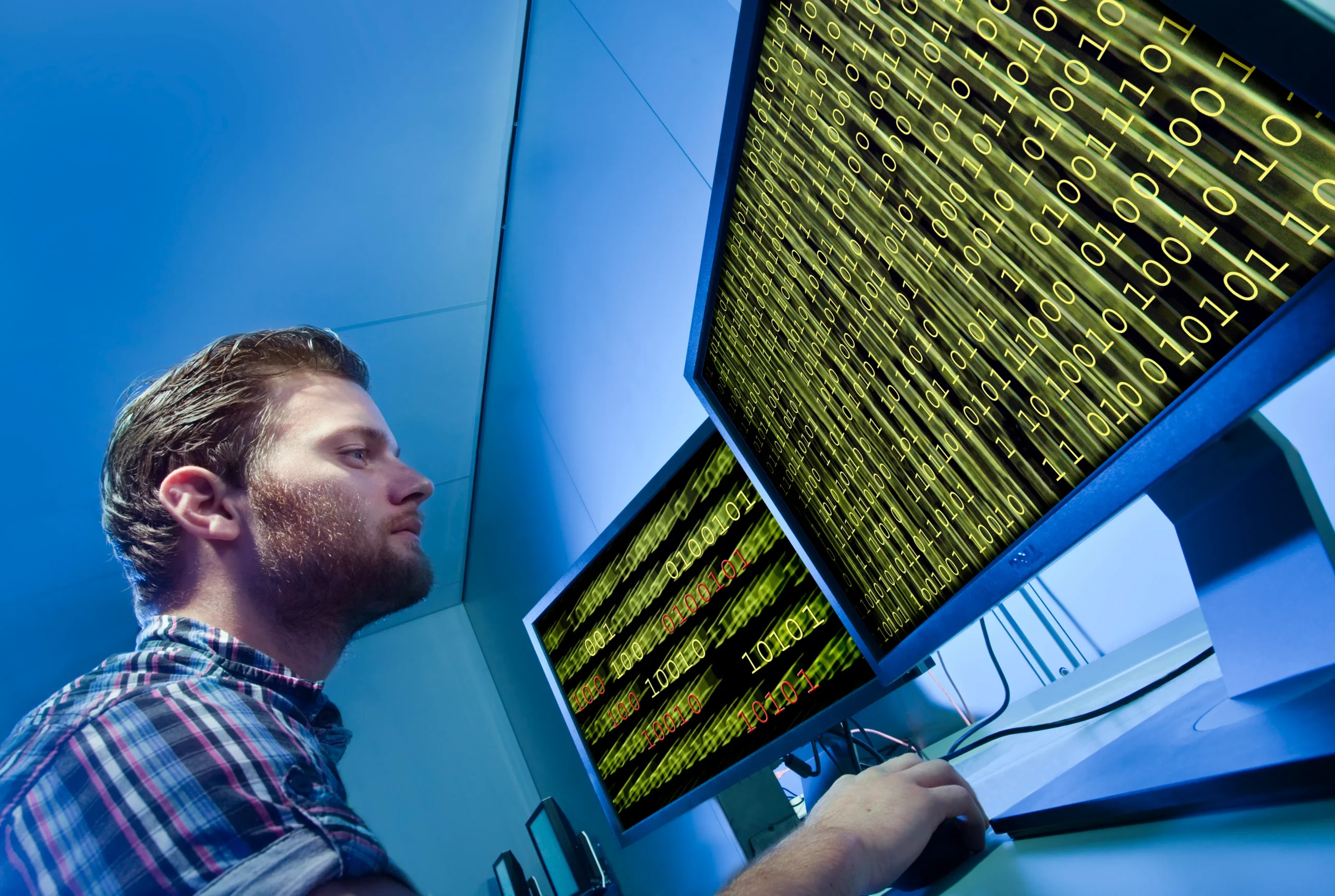
Future Tech Trends in Health, Wellness, and Biotech Innovation
Few sectors stand to benefit more from future technology than healthcare and biotech. With a growing global population, aging demographics, and heightened demand for personalized care, the industry is being reshaped by digital innovation. Emerging technologies like artificial intelligence, genomics, wearable health trackers, and personalized medicine are converging to build a proactive, predictive, and highly personalized healthcare ecosystem.
This transformation isn’t just about curing illness—it’s about preventing it before it starts, optimizing individual well-being, and extending human life with dignity and precision. In this new era, data becomes medicine, and every individual becomes a node in a vast, real-time health network. Let’s explore 10 powerful insights that reveal the future of health.
21. AI Diagnosticians Rival Human Doctors
AI-powered diagnostic systems can now interpret X-rays, MRIs, and other medical images as accurately—or more so—than human specialists. These systems improve speed, consistency, and access to care, especially in underserved regions.
22. Genomics-Driven Personalized Medicine Takes Off
As genome sequencing becomes cheaper and faster, treatments will be tailored to each person’s DNA. Expect breakthroughs in cancer treatment, rare diseases, and pharmacogenomics, making medicine precise and proactive.
23. Real-Time Health Monitoring Through Wearables
Smartwatches and health patches are already tracking heart rates, sleep, and oxygen levels. The future? Wearables that monitor blood glucose, hydration, fertility, even emotional states—pushing real-time healthcare into the mainstream.
24. Virtual and Augmented Reality in Therapy
VR and AR are transforming physical therapy, pain management, and mental health treatments. From exposure therapy for PTSD to gamified rehab for stroke victims, immersive tech enhances outcomes with empathy.
25. Bioprinting of Human Organs and Tissues
3D bioprinters are now capable of printing tissue, skin grafts, cartilage, and even miniature organs. In the near future, these technologies may revolutionize organ transplants and personalized treatment models.
26. AI-Powered Drug Discovery Reduces Time to Market
Traditional drug development takes a decade. AI models now predict molecule interactions, optimize trials, and reduce development costs, allowing life-saving medications to reach patients faster.
27. Voice-Enabled Digital Health Assistants
Voice AI integrated with health apps and smart homes will allow users to manage medications, book appointments, and monitor symptoms through simple voice commands—expanding accessibility for elderly or visually impaired users.
28. Synthetic Biology Reinvents Disease Prevention
By reprogramming cells and organisms, synthetic biology opens doors to engineered vaccines, gene-editing therapies, and bio-factories that produce insulin, antibodies, and even clean energy.
29. Mental Health Goes Digital
Mental health support is being transformed by chatbots, teletherapy platforms, emotion-recognition AI, and mood-tracking apps. These tools offer low-barrier access to care, especially for youth and isolated individuals.
30. Longevity Tech and Age Reversal Research
Research into telomere extension, senolytic drugs, and cellular reprogramming is advancing. While immortality remains fiction, extending healthy lifespan by decades is increasingly a serious scientific pursuit.
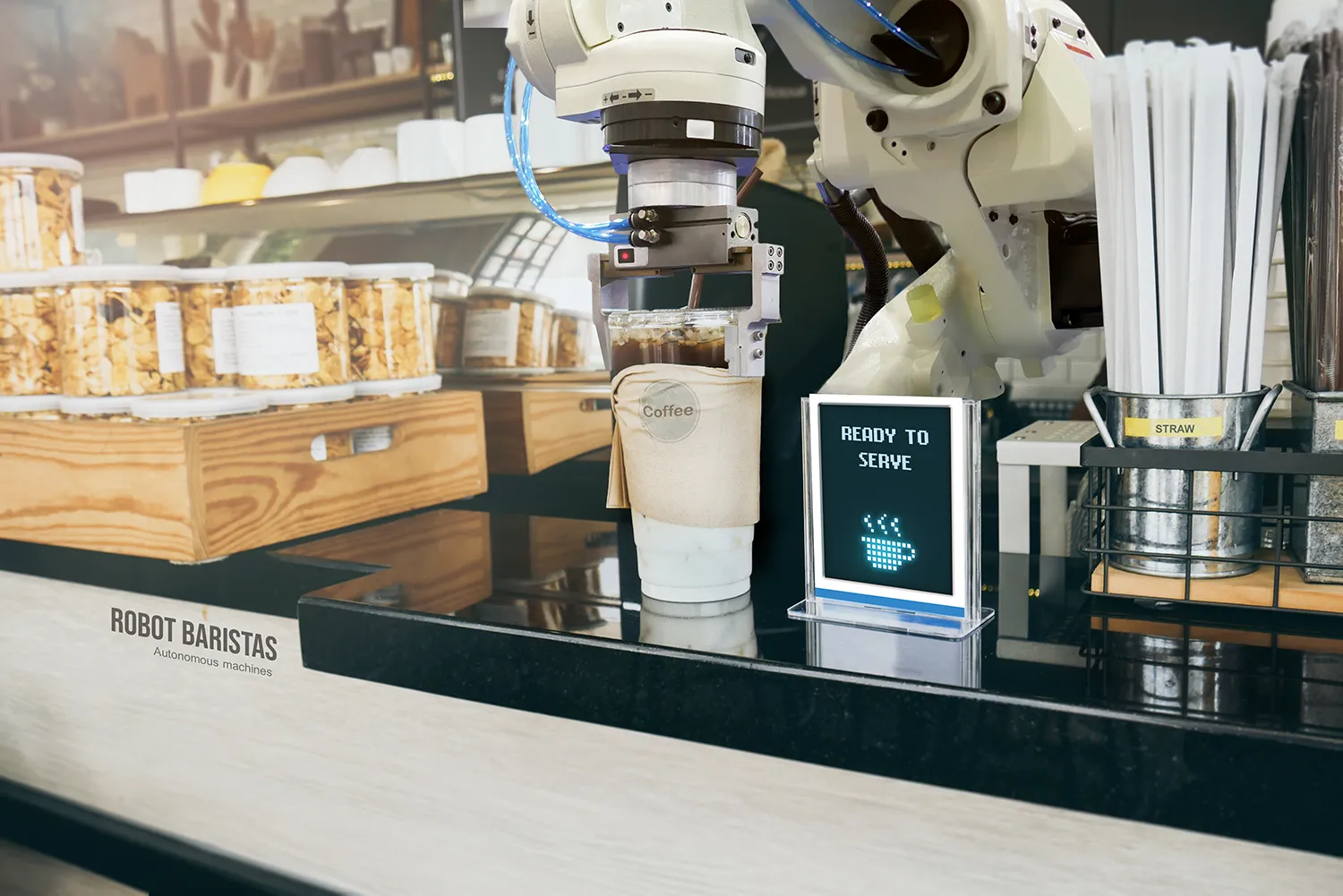
Future Tech Trends in Smart Cities, Mobility, and Urban Infrastructure
Cities are the heartbeat of human civilization, but they’re also increasingly strained by population growth, climate change, congestion, and resource limitations. In response, future-focused urban planners, engineers, and technologists are designing the next generation of smart cities—spaces powered by data, connectivity, automation, and AI.
From autonomous public transport to buildings that adjust energy usage in real time, the urban experience is being redefined. These technologies are not just about making cities “smarter”—they’re about making them more sustainable, more responsive, and more humane. In this section, we highlight 10 powerful insights that reveal how tomorrow’s cities will function, adapt, and empower.
31. AI-Driven Urban Planning and Digital Twins
City planners now use AI and digital twin simulations—real-time virtual models of urban areas—to optimize traffic, reduce pollution, and simulate emergency response plans before implementation.
32. Self-Healing Infrastructure with Smart Materials
Advancements in nano-engineered concrete, graphene, and shape-memory alloys are enabling roads, bridges, and buildings to detect damage and repair themselves autonomously—extending their life and safety.
33. Hyperloop and Next-Gen Transit Networks
Proposed by Elon Musk, Hyperloop systems use vacuum tubes and magnetic levitation to transport people at airplane speeds with zero emissions. Other cities are investing in autonomous rail and underground transport grids.
34. Traffic Management Powered by AI and IoT
Sensors, cameras, and AI algorithms are managing urban traffic with predictive intelligence—dynamically controlling signals, rerouting vehicles, and reducing congestion in real time.
35. Autonomous Public Transportation Goes Live
Self-driving buses, pods, and trams are moving from test phases to operational models in cities like Helsinki and Singapore. These systems reduce human error, fuel use, and operating costs.
36. Smart Energy Grids and Microgrids
The future city grid is decentralized. Microgrids powered by solar, wind, and battery storage balance supply and demand locally, increase energy resilience, and reduce carbon emissions.
37. AI-Optimized Waste and Water Management
Sensors in sewage systems and smart waste bins help cities detect leaks, forecast water demand, and automate waste collection routes—saving resources and reducing environmental impact.
38. Smart Buildings with Predictive Systems
Buildings are becoming intelligent ecosystems. They now self-regulate heating, lighting, and air quality based on occupancy, weather, and behavioral patterns—enhancing sustainability and wellness.
39. Drone Logistics and Aerial Delivery Networks
Urban skies will soon be busy. Drone corridors and automated delivery systems will transport medicine, food, and e-commerce goods—especially in densely populated or remote areas.
40. Inclusive Tech-First Urban Design
Smart cities will be more accessible by default—using sensors, apps, and AI to help navigate wheelchair paths, interpret visual cues for the blind, or translate signage for non-native speakers.
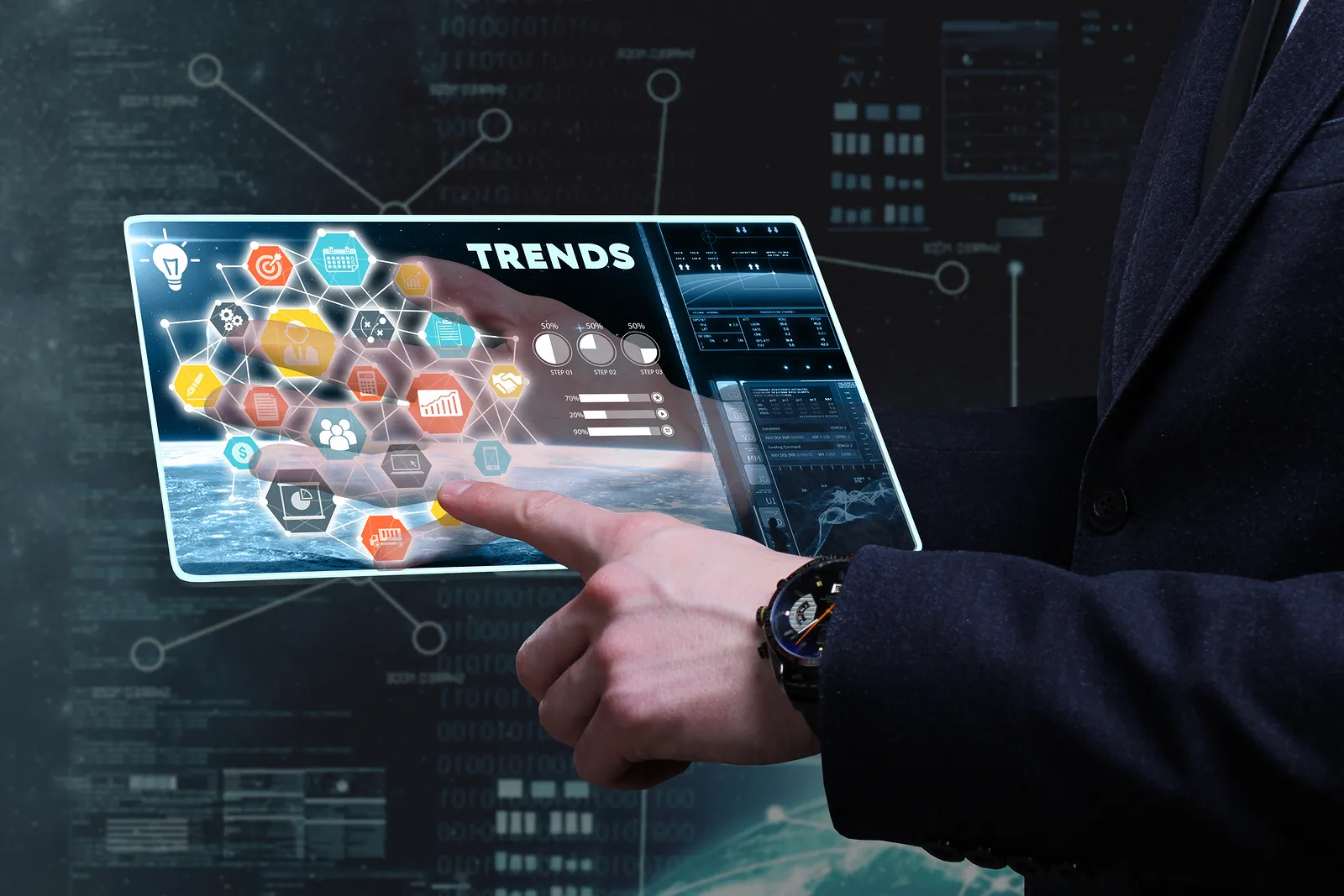
Future Tech Trends in Education, Learning, and Human Potential
The education sector is undergoing one of its most significant revolutions in history. No longer confined to physical classrooms or one-size-fits-all methods, learning is becoming personalized, immersive, global, and continuous. Technologies like AI, extended reality, and brain-computer interfaces are not only transforming how knowledge is delivered—but how it is experienced and applied.
This group of insights highlights the digital tools, philosophies, and platforms that will reshape education systems, reimagine personal development, and redefine the skillsets of the next generation. It also explores how technology will blur the line between teaching and learning, educator and algorithm, brain and machine.
41. AI-Personalized Learning Paths
AI tutors will analyze a student’s performance in real time and adjust content difficulty, pace, and format—offering a highly personalized and adaptive learning journey.
42. Immersive Learning with VR and AR
Extended reality is turning passive learning into interactive, sensory-rich experiences. Imagine dissecting a virtual heart in 3D or walking through ancient Rome in history class.
43. Gamification Enhances Retention and Motivation
Education platforms are using reward systems, leaderboards, and missions to increase learner engagement. This method promotes mastery through dopamine-driven feedback loops.
44. Microlearning and On-Demand Credentialing
Bite-sized courses and stackable credentials will replace traditional degrees. Learners will earn certifications in hours or days, not semesters, empowering lifelong learning.
45. Global Classrooms in the Cloud
Cloud-based education platforms will create borderless classrooms, allowing students from different continents to collaborate, learn, and co-create in real time.
46. AI-Powered Content Creation for Educators
Teachers will use AI to generate custom lesson plans, assessments, and real-time analytics, dramatically reducing prep time and improving impact.
47. Neurotechnology and Brain-Computer Interfaces
BCIs will allow direct communication between the brain and computers, enhancing learning speed, memory recall, and potentially treating learning disorders.
48. Emotion Recognition in EdTech
AI that tracks facial expressions, tone, and engagement levels will help platforms identify when learners are bored, confused, or excited—and respond accordingly.
49. Digital Twins for Personalized Education Modeling
Each student will have a digital twin that tracks learning history, strengths, and cognitive patterns—used to fine-tune teaching strategies and career guidance.
50. Life Skills and Creativity Reign Supreme
As automation takes over routine tasks, education will pivot to focus on critical thinking, collaboration, emotional intelligence, and creativity—skills AI can’t replace.

Future Tech Trends in Finance, Trust, and Digital Economies
As the digital world expands, so does the financial system that underpins it. From blockchain and decentralized finance (DeFi) to digital currencies and AI-driven wealth platforms, the world of money is becoming more democratized, programmable, and intelligent. This next group explores how finance is evolving into a borderless, trustless, and hyper-efficient ecosystem where traditional banks may no longer be central players.
51. Central Bank Digital Currencies (CBDCs)
Governments are launching blockchain-based national currencies that are programmable, trackable, and far more efficient than cash—reshaping monetary policy and banking.
52. Rise of Decentralized Finance (DeFi)
DeFi platforms offer lending, saving, and insurance without intermediaries. Expect continued growth in peer-to-peer finance, crypto collateralization, and yield farming.
53. Tokenized Assets and Fractional Ownership
Blockchain allows for real estate, art, and commodities to be tokenized and owned fractionally, opening investment opportunities to the global public.
54. AI-Driven Investment Platforms
Wealth platforms will use AI to build personalized portfolios, predict market shifts, and automate high-frequency trading strategies for individual investors.
55. Smart Contracts Automate Business Logic
Legal agreements and financial operations will be coded into blockchain, executing automatically when conditions are met—eliminating disputes and delays.
56. Financial Inclusion via Mobile and Crypto Wallets
Unbanked populations will gain access to savings, lending, and insurance via low-cost smartphones, blockchain, and microtransaction systems.
57. Digital Identity and Trust Frameworks
Secure, blockchain-verified digital IDs will replace passwords and enable seamless access to banking, government, and healthcare services.
58. ESG Scoring Embedded in Financial Algorithms
Investors will increasingly demand environmental, social, and governance transparency, with ESG metrics integrated into portfolio recommendations and trading algorithms.
59. AI-Powered Financial Crime Detection
AI systems will track anomalies, laundering behavior, and fraud patterns in real time—reducing financial crime with machine learning precision.
60. Gamified Finance and Behavioral Nudging
Fintech apps will use psychological triggers and gamification to encourage better budgeting, saving, and investment behaviors among younger users.
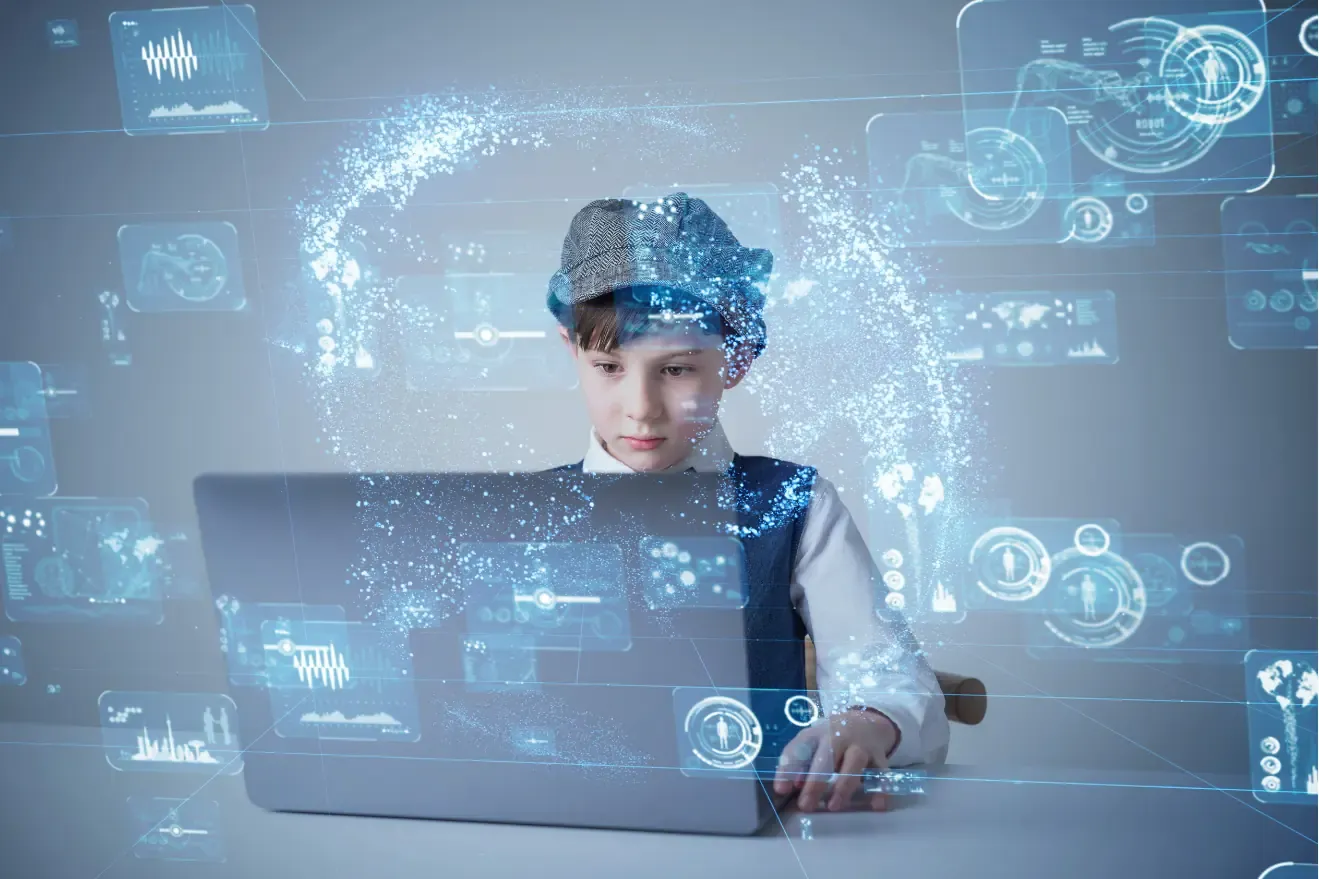
Future Tech Trends in Creativity, Media, and the Digital Experience
Creativity is no longer confined to studios or agencies. In the future, every creator will have access to AI tools, immersive platforms, and collaborative networks that amplify their ability to produce, share, and monetize original work. This final group before the conclusion of 70 insights explores how storytelling, design, and entertainment will evolve—creating a new era of participatory, AI-assisted, and decentralized media.
61. Generative AI for Art and Music
From visual art to full music albums, AI tools like DALL·E, Midjourney, and Suno enable non-artists to create original content with simple prompts.
62. Creator Economy and NFT Monetization
Digital creators will sell limited-edition content, tickets, and experiences through NFTs and tokenized fan communities, creating new income streams.
63. Deepfake and Synthetic Media Challenges Authenticity
Hyper-realistic AI-generated content will blur reality and fiction. Authenticity-tracking tools and digital watermarking will be essential to combat misinformation.
64. Virtual Concerts and Metaverse Performances
Artists will perform in immersive digital venues, reaching millions worldwide with avatars, holograms, and augmented experiences.
65. Interactive Storytelling and Branching Narratives
Entertainment will become user-driven, where viewers shape outcomes in real time, influencing storylines in games, shows, and education.
66. AI-Supported Video and Film Production
From scriptwriting to CGI, AI will reduce the cost and time of creating high-quality video content—opening Hollywood tools to independent creators.
67. Real-Time Language Translation for Global Content
Creators will reach global audiences with AI-based dubbing, subtitles, and voice cloning in dozens of languages—breaking cultural barriers.
68. Virtual Influencers and AI-Personalities
Fully synthetic influencers and AI-powered personas will dominate social media, brand partnerships, and even interactive shopping experiences.
69. Ambient Computing and Context-Aware Media
Media experiences will adapt to the environment—changing music, visuals, and interfaces based on your location, mood, and intent.
70. Conscious Content and Purpose-Driven Platforms
Future content platforms will prioritize well-being, sustainability, and mindfulness, aligning algorithmic recommendations with user wellness over pure engagement metrics.
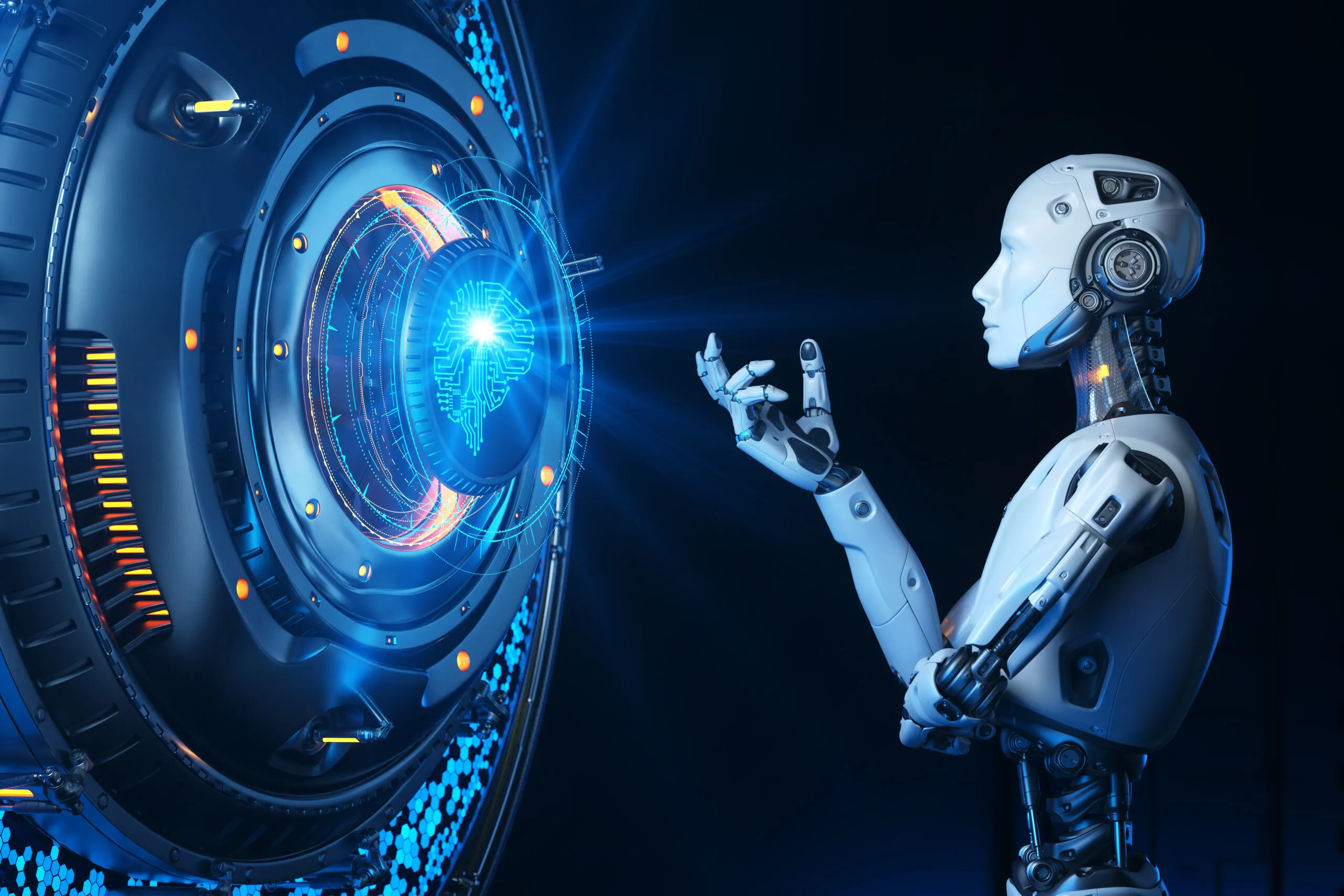
The future of technology is no longer a distant concept—it is a fast-unfolding reality transforming how we live, work, learn, heal, and connect. From AI-driven personalization to quantum breakthroughs, from decentralized economies to immersive digital creativity, the next decade promises a profound redefinition of society, industry, and identity.
These 70+ insights are not merely speculative trends but signposts pointing toward disruption, opportunity, and evolution. They reveal a deeply interconnected, incredibly adaptive future, and human-centric at its core, where ethics, inclusion, sustainability, and intelligence must guide innovation.
Whether you’re a business leader, developer, educator, investor, policymaker, or simply a curious citizen of the digital world, understanding these tech trends gives you the tools not just to survive, but thrive in the transformation ahead. Future-ready thinking begins with awareness, followed by intention, and ultimately, action










